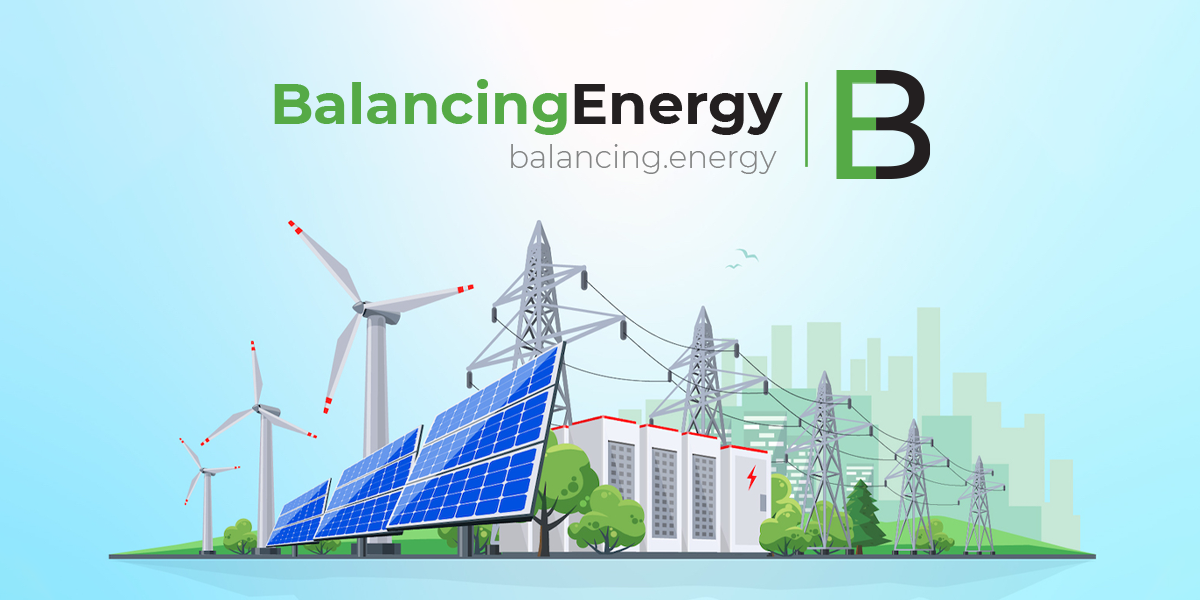Serbia’s energy market is on the cusp of a significant transformation, as the country seeks to diversify its energy sources and reduce its dependence on fossil fuels. As a nation rich in agricultural resources, Serbia has immense potential to develop its biomass and biofuel sectors, which could contribute to a more sustainable and secure energy future. The European Union (EU) has set ambitious targets for renewable energy, and as a candidate country for EU membership, Serbia is under pressure to comply with these goals. This has prompted the government and private sector to explore the untapped potential of biomass and biofuels, which could play a pivotal role in the country’s energy transition.
Biomass, which refers to organic materials such as wood, crops, and agricultural residues, is a versatile and abundant source of energy in Serbia. According to the Serbian Ministry of Mining and Energy, the country has an estimated biomass potential of around 3.4 million tons of oil equivalent (toe) per year, which could cover up to 15% of its total energy needs. Currently, however, biomass accounts for just 5% of Serbia’s energy mix, with the majority of it being used for heating purposes in rural areas. This suggests that there is significant room for growth in the biomass sector, particularly in the areas of electricity generation and biofuel production.
One of the main challenges facing the development of biomass and biofuels in Serbia is the lack of a comprehensive legal and regulatory framework. While the country has made progress in recent years by adopting a new Energy Law and a National Action Plan for Renewable Energy, there is still much work to be done in terms of creating a conducive environment for investment and innovation in the sector. For instance, there is a need for more transparent and predictable procedures for obtaining permits and licenses, as well as for establishing a stable and attractive support scheme for renewable energy projects.
Another challenge is the need for greater awareness and understanding of the benefits of biomass and biofuels among policymakers, businesses, and the general public. Many people in Serbia still perceive these energy sources as being less reliable and more expensive than traditional fossil fuels, despite the fact that they offer numerous environmental, economic, and social advantages. To overcome this barrier, it is essential to promote the success stories of biomass and biofuel projects in the country and to showcase their potential to create jobs, stimulate rural development, and reduce greenhouse gas emissions.
In recent years, there have been several promising initiatives aimed at unlocking the potential of biomass and biofuels in Serbia. For example, the BioRES project, funded by the European Union and implemented by the German development agency GIZ, has been working to establish a sustainable supply chain for wood biomass in the country. This has involved the creation of biomass logistic and trade centers, which serve as hubs for the collection, storage, and distribution of wood chips and pellets. Another noteworthy initiative is the construction of a new bioethanol plant in the town of Kula, which will have the capacity to produce 100,000 tons of bioethanol per year from locally sourced corn.
In conclusion, Serbia’s energy market is ripe for the development of biomass and biofuels, which could play a crucial role in the country’s transition to a more sustainable and secure energy future. By addressing the existing challenges and capitalizing on the numerous opportunities in this sector, Serbia can not only meet its EU renewable energy targets but also reap the many benefits that come with embracing a greener and cleaner energy mix.










